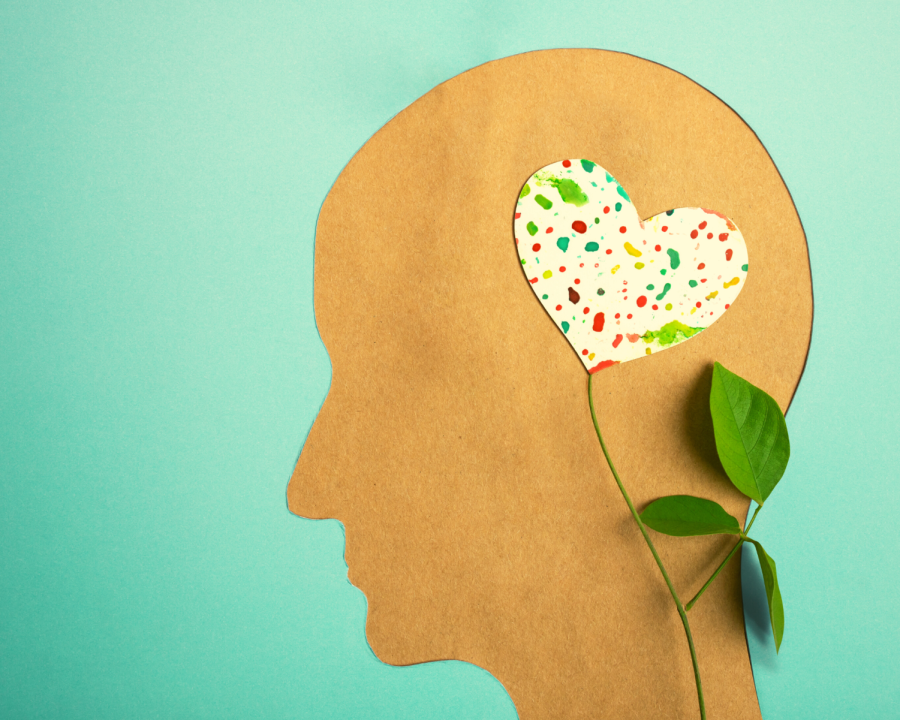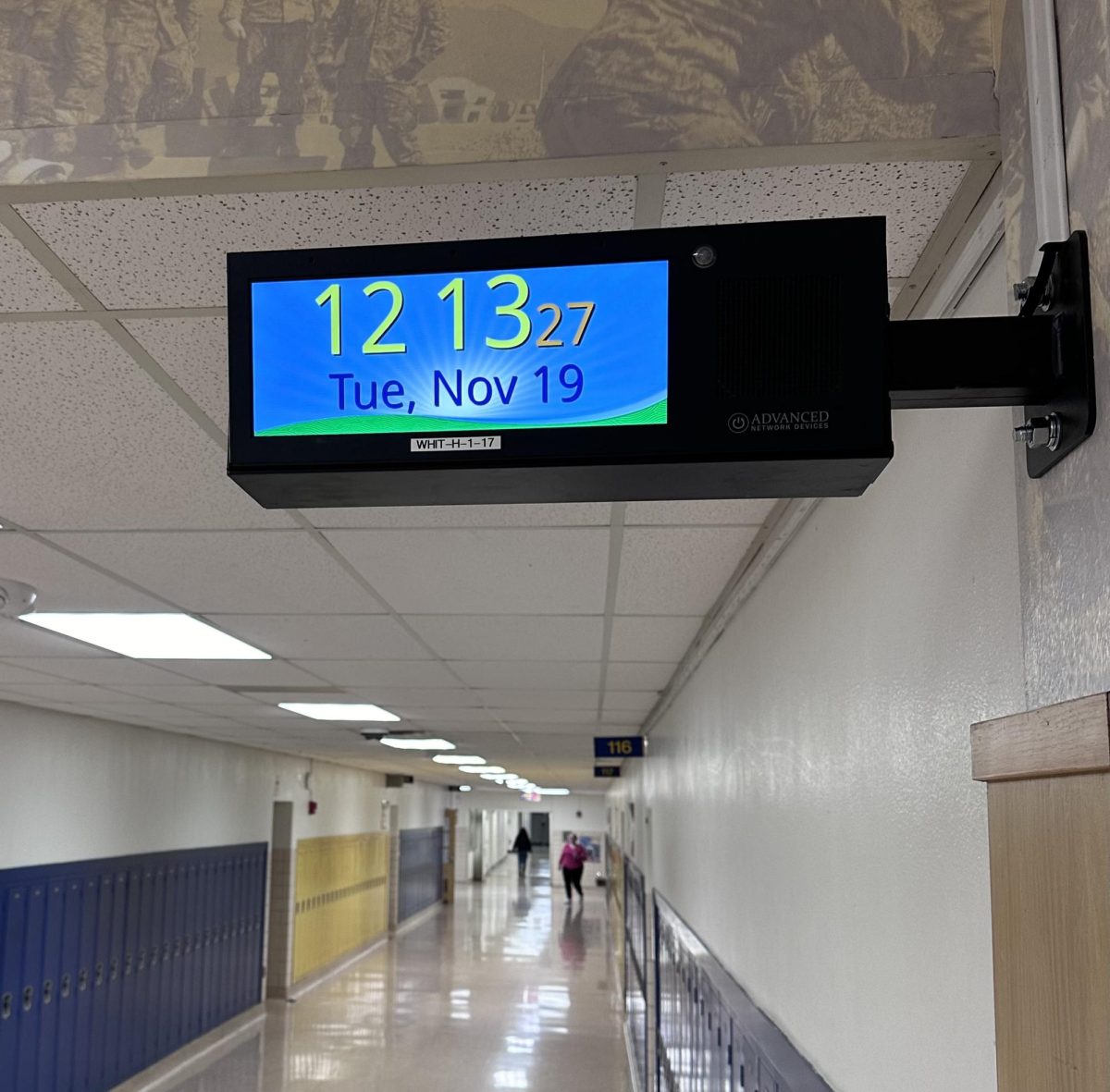School/community based mental health; How to make distinctions and identify warning signs.
May 17, 2023
The prevalence of mental health issues in both adolescents and adults in America is increasing. Proper mental health for a society starts with early intervention and not enough is being done in the community. There has been significant growth over the years, but not nearly enough. The demand for mental health education and treatment is not being met, and it will lead to the downfall of society as a collective.
So what contributions have we made to improving mental health services thus far?
In May of 2022, the passing of the Mental Health Reform Reauthorization Act aimed to increase the number of mental health workers, examine the mental health care coverage companies provide, and support behavioral and mental health programs in the justice system. In September of 2022, the Mental Health Matters Act made more funds available for mental health service providers in schools. Ordinarily, this could affect almost 60% of youth dealing with major depression who don’t receive care.
Furthermore, in October the Biden Administration announced that it will designate $300 million to fund mental health services for students and kids, including broadening the reach of pediatric mental health care.
Trained mental health professionals employed by schools deliver school/community based mental health services. Since children spend much of their productive time in educational settings, it can heavily impact the student’s behavioral and mental health.
“I think school can impact a child both negatively and positively,” social worker Becky Swisher said. “I would say a lot of it has to do with personal habits.”
Schools play a vital role in connecting children and families to services. While schools offer a handful of resources for their students, (counselors, social workers, peers, teachers), we must decide if this is enough for the youth. What else can we do for students who are mentally unwell? How can we promote early awareness and identification of mental illnesses?
There are not nearly enough resources for students. Nor are they as easily accessible as they should be.
“The outlets schools do provide may not work for the student. Plus not every student is viable to receive the same help as another,” school psychologist Brooke O’Henry said.
The sentiment that schools/the school community do not provide enough outlets for children with mental health concerns/issues is a share one.
“Every school varies with the number of staff they have available. It’s all about taking that first step and finding an adult you trust. They’re gonna reroute you to the people who can help,” WLS social worker Mrs. Becky Swisher agreed.
When a student is mentally unwell, it may show in their habits, behavior, and grades. They may withdraw themselves, not wanting to engage. They may not participate in any extracurricular activities at school or outside of school. They may not be social or have a big friend group.
Moreover, they may exhibit an excessive amount of irritability or anger. They may act out or do unusual things, take unusual risks which could be harmful. They may resort to unhealthy coping mechanisms such as seeking out unhealthy relationships, drug use/drinking, increased sexual activity, or a myriad of other behavioral issues.
According to National Alliance on Mental Illness, one in six youths aged 6-17 experience a mental health disorder every year, and half of all mental health conditions begin by age 14. However, about half of the youth with mental health conditions have received any kind of treatment in the past year. Consequently, inadequately treated or untreated mental illness can lead to high rates of school dropouts, unemployment, arrest, incarceration, and early death.
It is important to have an outlet for yourself as a mental health professional and take care of your own mental health as well. The behavioral wellness of our caregivers can heavily sway the care they provide to students.
“Make sure to look out for yourself as well. You also should make sure you know what you’re getting yourself into,” WHS counselor Laura Boes suggested.
Mental health has undergone significant changes in recent years. There has been a growing recognition that mental health is just as important as physical health, and that mental illness affects a vast number of people. With this recognition has come a shift in attitudes towards mental health, with a focus on removing the social stigma that has traditionally been attached to mental illness.
There has also been an increase in advocacy for individuals with mental health challenges and greater availability of resources and treatments.
School Counselor Lauren Caris suggests that there is much more support in the mental health community than in the past years. School systems are evolving to better fit the needs of their students with mental health concerns/issues. Conversely, people are much more aware of the stigma associated with mental health disorders.
“It’s really a nature vs nurture kinda thing, you know? Your environment plays such a big part in your mental development, ” Caris shares.
The development of mental health resources has gone through a significant evolution over time. A few centuries ago, individuals with mental health issues were regarded as “mad” and were often sent to asylums or prisons. However, advances in medicine led to the acknowledgement of mental health issues as a legitimate medical concern, thereby leading to the development of effective treatments.
Overall, the evolution of mental health resources reflects an ever-expanding and more educated understanding of mental health. Today, a greater number of people are seeking help for mental health issues, and as the stigma surrounding these issues dwindles, awareness and understanding of mental health continues to grow.
Further, greater collaboration between the medical fields and the social fields has led to more effective treatments that cater to individual needs while ensuring that care is both accessible and affordable.
Want to learn more about available resources? Check out NAMI Greater Toledo Area or NAMI.org






